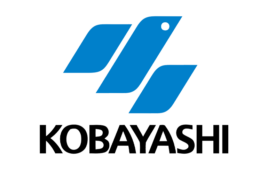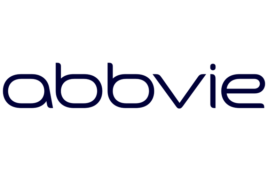The FDA has approved updated labeling for Purdue Pharma L.P.’s reformulated OxyContin (oxycodone hydrochloride controlled-release) tablets. The new labeling indicates that the product has physical and chemical properties that are expected to make abuse via injection difficult and to reduce abuse via the intranasal route (snorting).
Additionally, because original OxyContin provides the same therapeutic benefits as reformulated OxyContin, but poses an increased potential for certain types of abuse, the FDA has determined that the benefits of original OxyContin no longer outweigh its risks and that original OxyContin was withdrawn from sale for reasons of safety or effectiveness. Accordingly, the agency will not accept or approve any abbreviated new drug applications (generics) that rely upon the approval of original OxyContin.
The FDA approved the original formulation of OxyContin in Dec. 1995. The product was abused, often following manipulation intended to defeat its extended-release properties. Such manipulation causes the drug to be released more rapidly, which increases the risk of serious adverse events, including overdose and death. In April 2010, the FDA approved a reformulated version of OxyContin, which was designed to be more difficult to manipulate for purposes of misuse or abuse. Purdue stopped shipping original OxyContin to pharmacies in August 2010.
“The development of abuse-deterrent opioid analgesics is a public health priority for the FDA,” said Douglas Throckmorton, M.D., deputy director for regulatory programs in the FDA’s Center for Drug Evaluation and Research. “While both original and reformulated OxyContin are subject to abuse and misuse, the FDA has determined that reformulated OxyContin can be expected to make abuse by injection difficult and expected to reduce abuse by snorting compared to original OxyContin.”
The FDA has determined that the reformulated product has abuse-deterrent properties. The tablet is more difficult to crush, break, or dissolve. It also forms a viscous hydrogel and cannot be easily prepared for injection. The agency has determined that the physical and chemical properties of the reformulated product are expected to make the product difficult to inject and to reduce abuse via snorting. However, abuse of OxyContin by these routes, as well as the oral route, is still possible. The reformulated product also may reduce incidents of therapeutic misuse, such as crushing the product to sprinkle it onto food or to administer it through a gastric tube. When FDA finds that a new formulation has abuse deterrent properties, the agency has the authority to require generics to have abuse-deterrent properties also.
The agency review of this issue included an analysis of the following:
- Citizen petitions requesting that the agency determine whether original OxyContin was voluntarily withdrawn from sale for reasons other than safety or effectiveness;
- Comments submitted to the public dockets associated with these petitions;
- Information concerning original and reformulated OxyContin and the withdrawal of original OxyContin;
- Clinical data, peer-reviewed literature, and other information concerning postmarketing adverse events associated with original OxyContin, reformulated OxyContin, and other extended-release oxycodone products.
Postmarketing assessments of the impact of reformulated OxyContin on abuse are ongoing, and the FDA will update its evaluation of the effects of reformulated OxyContin on abuse as new data become available.
The FDA, together with other public health agencies, continues to encourage the development of abuse-deterrent formulations of opioids and believes that such products will help reduce prescription drug abuse. At the same time, the FDA remains committed to ensuring that patients with pain have appropriate access to opioid analgesics.
For more information:




